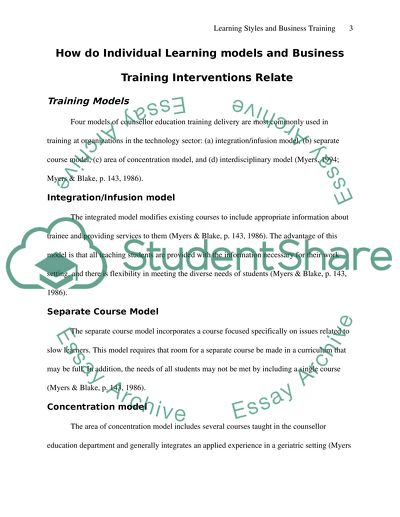Learning Models and Business Training Coursework. Retrieved from https://studentshare.org/education/1521203-learning-models-and-business-training
Learning Models and Business Training Coursework. https://studentshare.org/education/1521203-learning-models-and-business-training.


